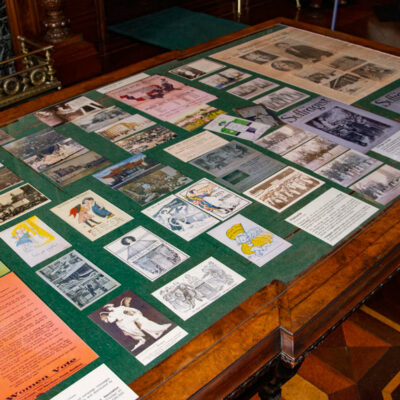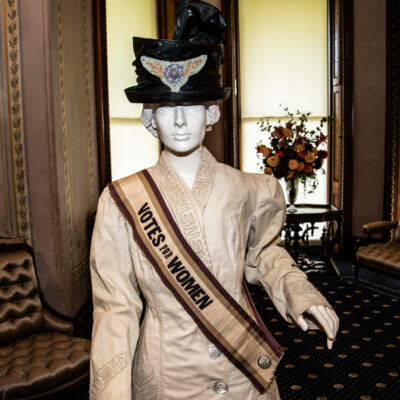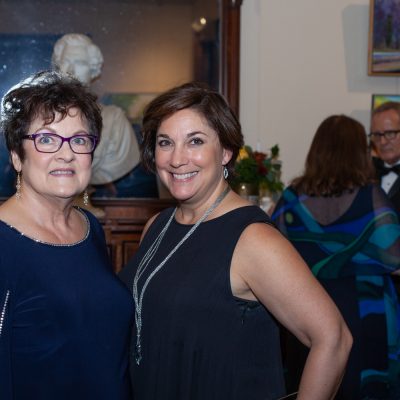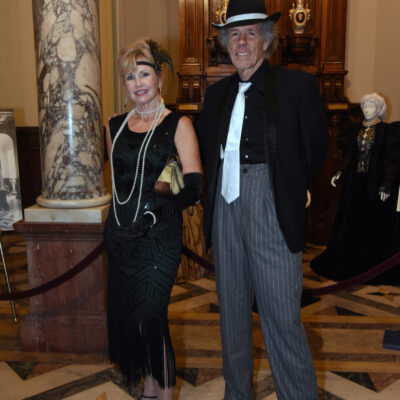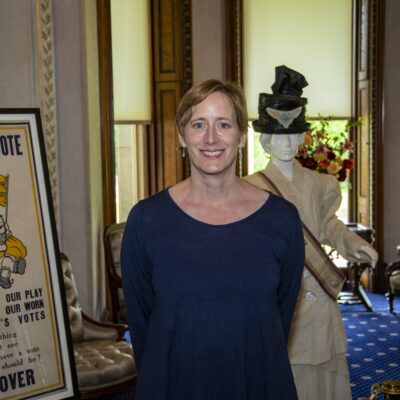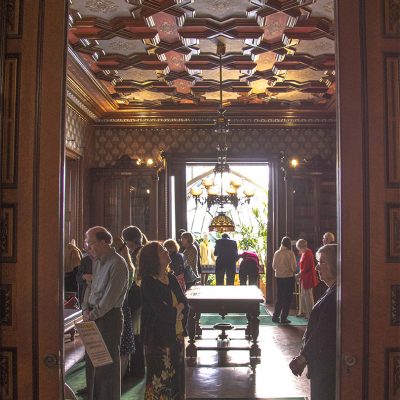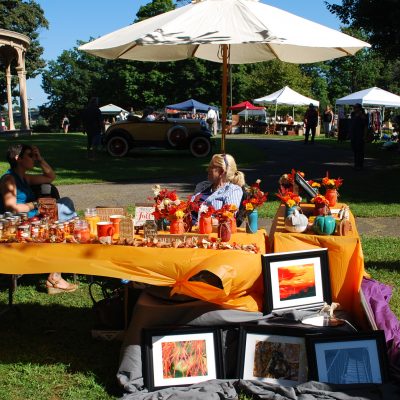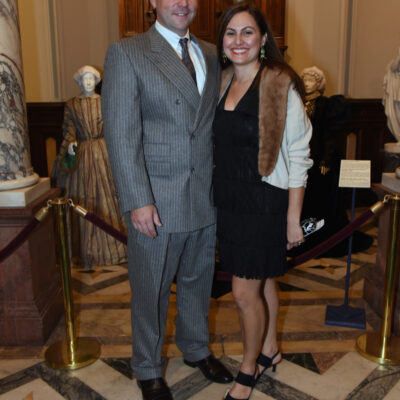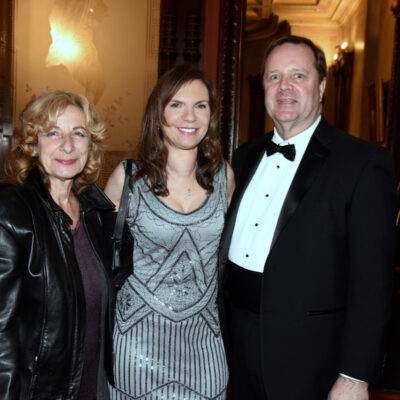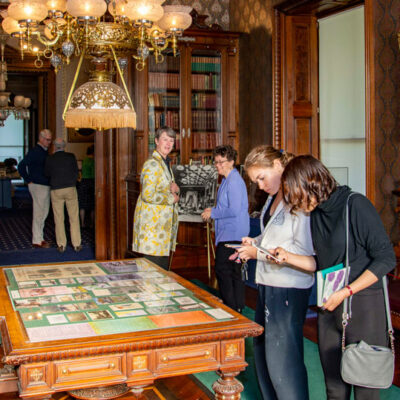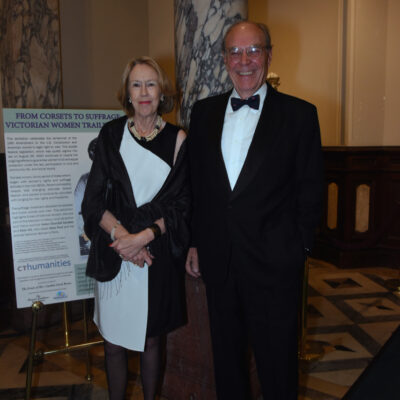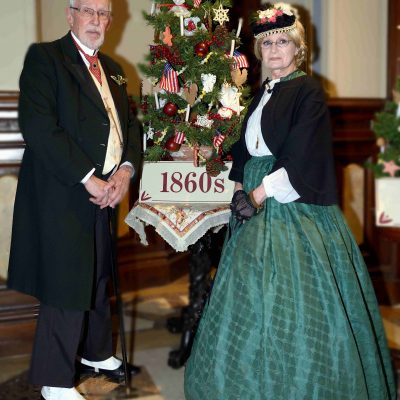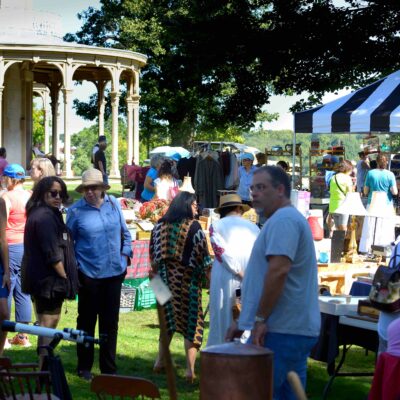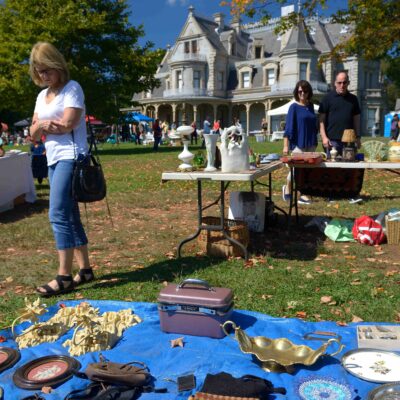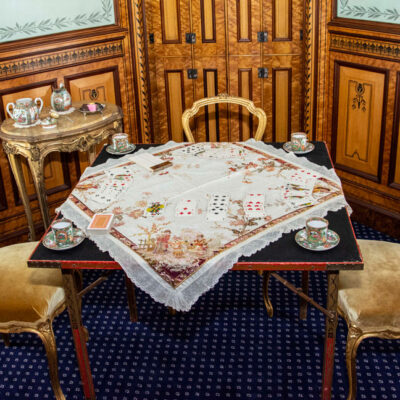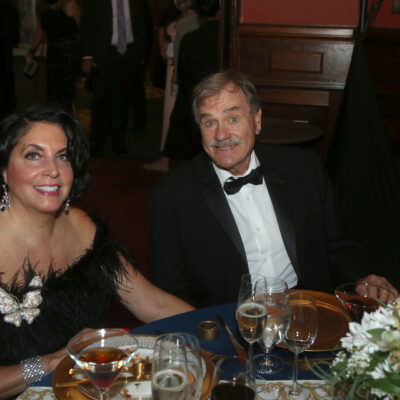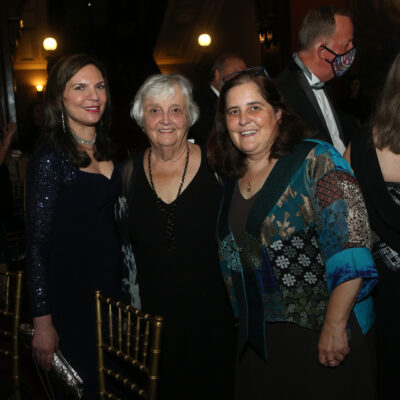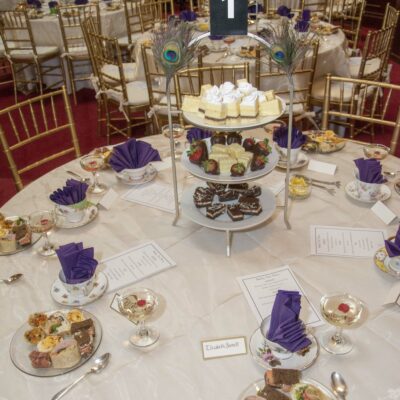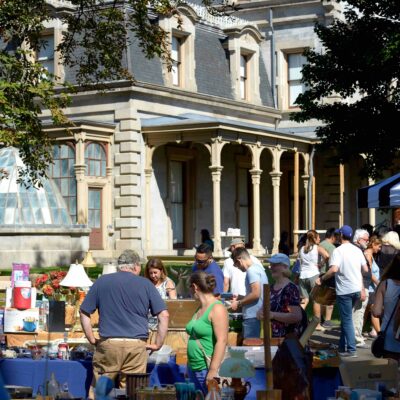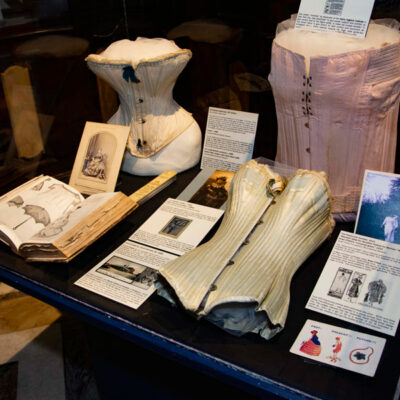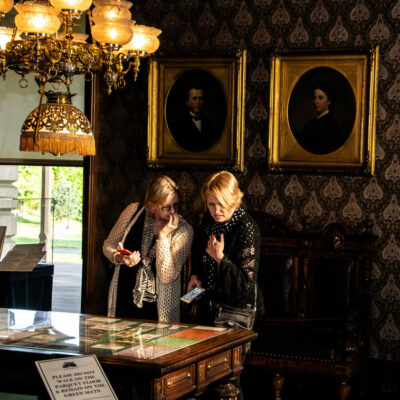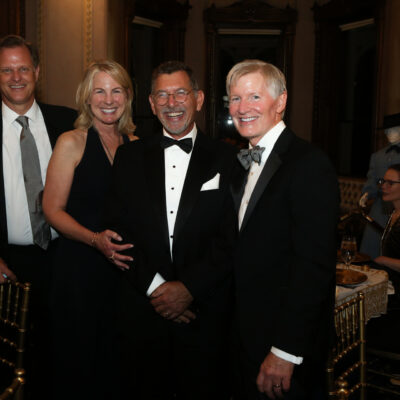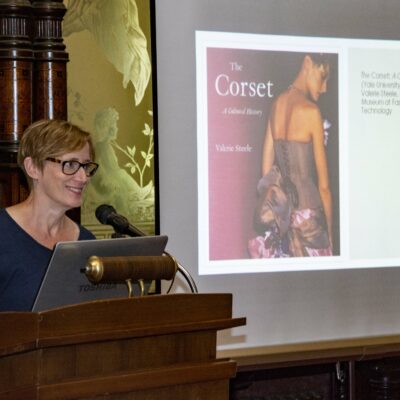LeGrand Lockwood’s Family
Born in Norwalk, Connecticut in 1820, LeGrand Lockwood was the fifth son of Benjamin and Elizabeth Kellogg Lockwood. By the early nineteenth century numerous Lockwood descendants owned many residences and businesses in Norwalk. LeGrand’s family originally settled in Norwalk in the 1640s. At the age of 55, LeGrand’s father decided to seek his fortune in the garment industry and relocated with his family to New York City when LeGrand was eleven years old.
On Jun. 9, 1842, LeGrand Lockwood married Ann Louisa, daughter of Seth Williston Benedict of New York City. Ann Louisa’s father, who like Benjamin Lockwood, had left Norwalk in 1832. He published the Norwalk Gazette and later the New York Evangelist. Mr. Benedict’s daughter, Ann Louisa, was nineteen-years old when she married LeGrand. She gave birth to eight children, beginning with LeGrand, Jr., born two years after his parents married, followed by Williston, in 1846. The following year Ann Louisa gave birth to Roswell, but the infant died shortly after birth, then Henry in 1852, Arthur in 1856, Anna Louise in 1858, who also did not survive childhood, Florence in 1859 and Edwin in 1863.
LeGrand Lockwood, Sr. & Ann Louisa
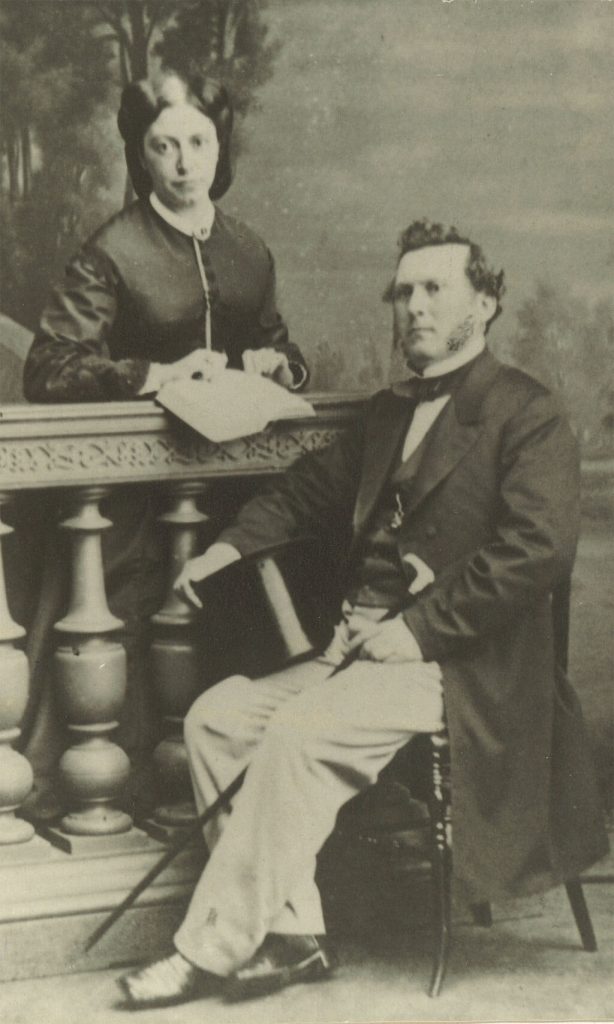
Williston Lockwood and Wife, 1906
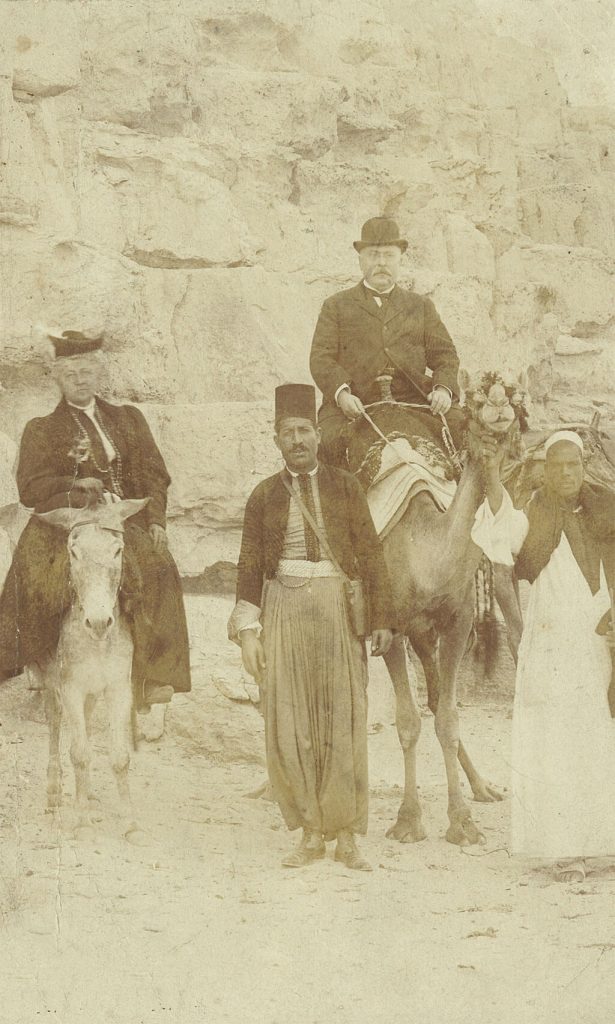
LeGrand Lockwood started his first job as a clerk at Corning and Co., Brokers, at the age of 18, launching a prosperous career on Wall Street. His successful handling of railroad stock transactions gave him such prominence that he was soon elected Treasurer of the New York Stock Exchange. His business deals reached far and wide. Between 1862 and 1863, as the Civil War raged in the West and South, Lockwood made a trip to Europe to sell U.S. war bonds to support the Union. The promotion of the sale of government bonds abroad and his involvement in the railroad and steamship businesses made him one of the country’s first millionaires.
Building the Mansion
Lockwood began to purchase land in his hometown of Norwalk, CT starting in 1863, eventually purchasing a total of thirty acres. Construction of the Mansion began the following year with Lockwood commissioning one of the premier architects of the era, German-born Detlef Lienau, to design a manor without equal in the United States. Lienau combined the classic Greek Cross layout with contemporary features such as the distinctive Mansard roof to create one of the finest examples of Second Empire architecture in America. The architect worked with the leading interior decorating firms of the day, including the Herter Brothers, Leon Marcotte, and George Platt to create the sumptuous interiors of the Mansion. Artists and artisans from Europe arrived on the decks of the ships that carried the rare woods and precious marbles that Lockwood purchased for his home.
Edwin and Florence Lockwood in Pony Cart
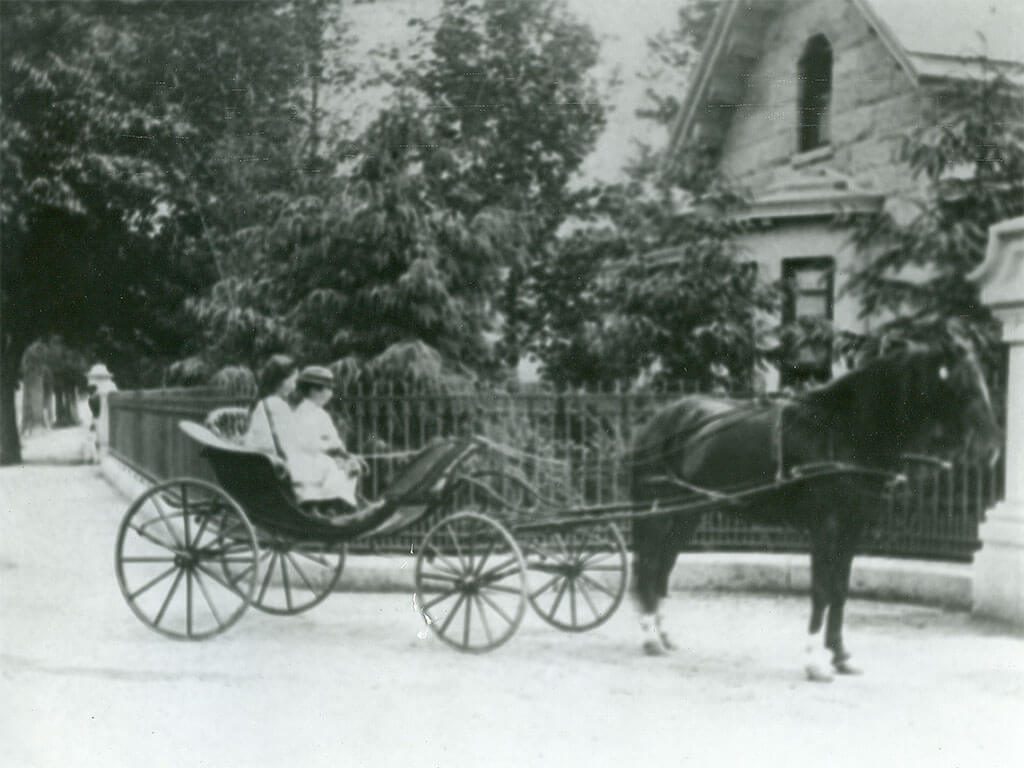
For their twentieth wedding anniversary in 1867, LeGrand and his wife, Ann Louisa, traveled to Europe where they picked out furnishings for their new summer home. The family moved into the estate, then called “Elm Park,” in 1868, with work almost complete. On Sept. 24, 1869, the price of gold suddenly dropped, causing a panic and immortalizing the day as “Black Friday.” One of the many men financially ruined by the panic, Lockwood mortgaged his Norwalk estate to pay back his creditors, in addition to selling $10 million worth of stock in the Lake Shore and Michigan Railroad to Cornelius “Commodore” Vanderbilt.
LeGrand Lockwood’s Death
Lockwood spent the next few years trying to regain his status on Wall Street and paying the mortgage for Elm Park. However, he contracted pneumonia and died in New York City on Feb. 27, 1872. Many mourned his death and New York Stock Exchange lowered the flag to half-mast out of respect for the great businessman. The funeral was held in New York City and the president of the New Haven Railroad offered three railroad cars, including the President’s cabin, to the mourning family for the processional to Norwalk. Businesses in Norwalk and South Norwalk closed that day out of respect. LeGrand Lockwood was buried in Norwalk at the Union Cemetery in the Lockwood family plot.
Following her husband’s death, Ann Louisa, her three young children, and Henry moved in with LeGrand Jr. and his family. They continued to pay the mortgage on the estate, though she sold the family art collection and many of the Mansion’s furnishings to keep up with expenses. However, by December 1874, she was unable to make the final $90,000 payment and the Lake Shore and Michigan Southern Railroad, who then owned the mortgage and was controlled by Vanderbilt, foreclosed on Elm Park.
Ann Louisa continued to live in New York City until 1876 when she moved to California with her three youngest children. Henry followed two years later. Ann Louisa Benedict Lockwood died on Mar. 20, 1882 and is buried beside her husband in Union Cemetery.


